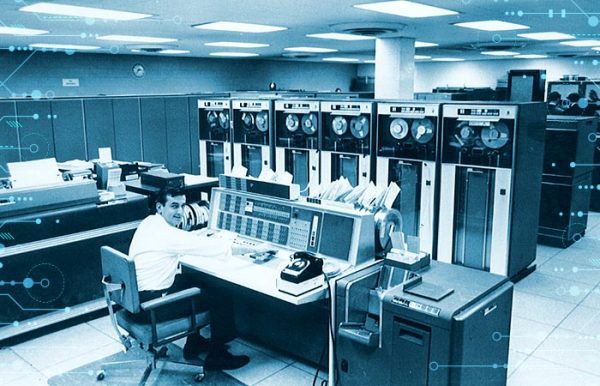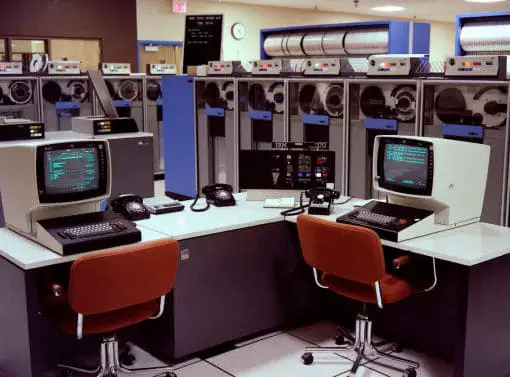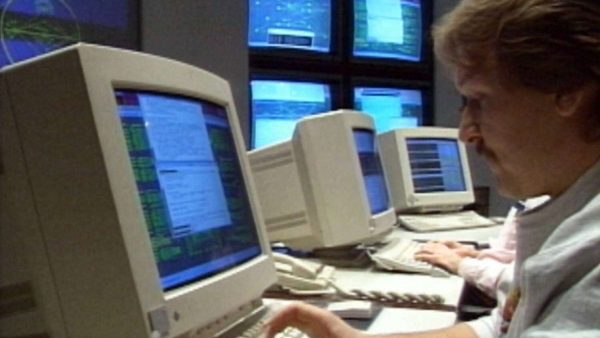
How Old is the Internet?
With its revolutionary impact on communication, work, and information access, the Internet has become an indispensable aspect of our everyday existence. You may be wondering, though, “How old is the internet?” The answer to this question takes us on an amazing journey across several decades of invention and evolution in the digital space. This article will examine the development of the internet, charting its beginnings from the 1960s to the present.
The Birth of ARPANET (1960s)

Launched in the 1960s, ARPANET (Advanced Research Projects Agency Network) marked the beginning of the internet’s history. In 1969, the Advanced Research Projects Agency (ARPA) of the U.S. Department of Defense launched ARPANET. Among universities and research institutions, its main goal was to make communication and data sharing easier.
When it first started out, the internet was not nearly as widespread or easy to use as it is now. As an alternative, it was a constrained network that permitted computer time-sharing and the transfer of simple text data.
The Emergence of the Internet (1970s)

The internet had rapid expansion and development during the 1970s. To characterize the expanding network of networks, the word “internet,” which is short for “interconnected networks,” was created. This decade also saw the introduction of email, which completely altered the way people interacted.
The TCP/IP Revolution (1980s)

In the 1980s, the TCP/IP (Transmission Control Protocol/Internet Protocol) suite became widely used, marking a significant turning point in the evolution of the Internet. Transmitting data between various kinds of computer networks was standardized by TCP/IP. This innovation created the foundation for the global internet by enabling smooth communication between several networks.
In spite of its early stages, the internet was expanding quickly in the 1980s. Though the World Wide Web had not yet been established, the main users were universities, government agencies, and research institutions.
The Birth of the World Wide Web (Early 1990s)

When British computer scientist Tim Berners-Lee launched the World Wide Web (WWW) in the early 1990s while employed at CERN (the European Organization for Nuclear Research), the contemporary Internet officially began. The first web browser/editor, HTML (Hypertext Markup Language), and the notion of hyperlinks were developed by Berners-Lee in 1991, enabling users to browse and create material on the internet.
This was a turning point because it made the Internet more accessible to the general public. The World Wide Web changed the internet into a platform that allowed users to exchange and access resources and information with ease from anywhere in the globe.
The Internet Goes Global (Mid-1990s)

The Internet began to spread outside of academic and research institutions in the mid-1990s. As commercialization spread, businesses started offering the general public access to the Internet. Early e-commerce platforms, email services, and internet forums began to appear. The potential of the Internet for communication and business was beginning to be recognized by all.
The Dot-com Boom and Bust (Late 1990s – Early 2000s)

The dot-com boom, a period of explosive expansion in internet-related businesses and investments, peaked in the late 1990s. Internet startups flooded the stock market, and the stock prices of many companies with “dot-com” in their names rose at an astonishing rate.
But this bubble burst, causing the dot-com bust, in the early 2000s. There was a brief lull in the growth of the internet, and many web enterprises failed. However, the survivors gained insightful knowledge, and the internet kept developing.
The Internet Today

These days, it is a necessary component of contemporary life. How we work, live, and engage with the world has changed as a result of it. Our lives have been completely transformed by social networking, cloud computing, e-commerce, streaming services, and countless more advancements.
You may now access the web from anywhere, even outside of desktop computers. Its accessibility has been further increased by mobile devices like tablets and smartphones, which make it available almost anywhere.
Conclusion
In summary, a lot has changed since its founding in the 1960s. The internet has evolved in a way that is truly amazing, going from the restricted capabilities of ARPANET to the worldwide network of networks it is today. It is impossible to overestimate its influence on culture, society, and the world economy.
While we commemorate the history and expansion of the internet, we must also keep in mind that it is still developing. Its future is expected to be drastically changed by emerging technologies like artificial intelligence, the Internet of Things (IoT), and 5G. The promise of the internet appears limitless, despite its age being measured in decades.
Frequently Asked Questions (FAQs) related to the age of the internet:
1. How old is the internet?
- The internet, as a concept, began in the 1960s with the creation of ARPANET. The modern internet, with the World Wide Web, emerged in the early 1990s. So, it is several decades old, depending on how you define it.
2. What was the first internet connection?
- The first successful web connection occurred in 1969 when ARPANET (Advanced Research Projects Agency Network) established its first node-to-node communication between UCLA and the Stanford Research Institute.
3. Who invented the internet?
- It was developed by many individuals and organizations over time. It evolved from ARPANET, with contributions from scientists and engineers like Vint Cerf, Bob Kahn, Tim Berners-Lee, and others.
4. When was the World Wide Web created?
- Tim Berners-Lee, a British computer scientist, created the World Wide Web in 1991 while working at CERN, the European Organization for Nuclear Research.
5. When did the internet become publicly accessible?
- It became more widely accessible to the public in the mid-1990s with the commercialization of Internet services and the growth of the World Wide Web.
6. How has the internet evolved over time?
- It has evolved from a limited network for research and communication to a global platform for information sharing, e-commerce, social networking, and much more.
7. What major milestones have shaped the internet’s history?
- Significant milestones include the introduction of the TCP/IP protocol suite, the creation of the World Wide Web, the dot-com boom and bust, the expansion of e-commerce, and the proliferation of mobile devices and broadband internet.
8. How has the internet impacted society and daily life?
- It has had a profound impact on society, revolutionizing communication, commerce, education, and entertainment. It has enabled global connectivity, transformed business models, and provided access to vast amounts of information.

Leave a Reply